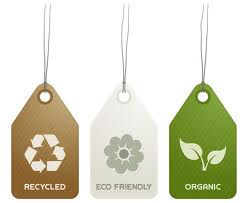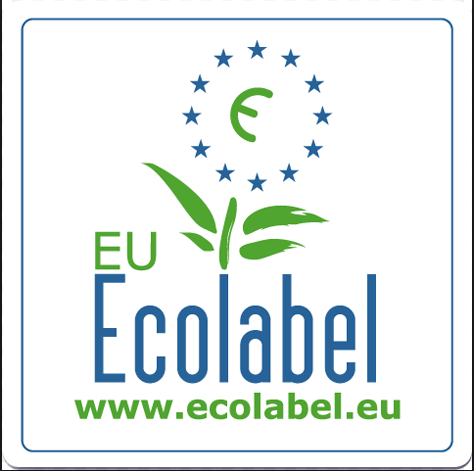Labeling Eco-Friendly what does it mean and what are the guidelines?
 Eco-friendly labeling is about designating environmentally friendly products, as known as green and nature friendly, and are all synonyms used to refer to good sand services considered to inflict minimal or no harm on the environment.
Eco-friendly labeling is about designating environmentally friendly products, as known as green and nature friendly, and are all synonyms used to refer to good sand services considered to inflict minimal or no harm on the environment.
To make consumers aware, environmentally friendly goods and services often are marked with eco-friendly labeling.
There is no single international standard for this concept, so the international Organization for Standardization considers such labels too vague to be meaningful.
North America
In the United States, environmental marketing claims require caution. Ambiguous titles such as environmentally friendly can be confusing without a specific definition; some regulators are providing guidance.
The United States Environmental Protection Agency has deemed this language useless in determining whether a product is truly “green”.
In Canada, one label is that of the Environmental Choice Program. This label was created in 1988, only products approved by the program are allowed to display the label.
Eco Labeling
This is a labeling system for consumer products (excluding foods and medicine) that are made in a fashion that avoids detrimental effects on the environment.
Usually both the precautionary principle and the substitution principle are used when defining the rules for what products can be eco-labeled.
Many eco-friendly labels are not directly connected to the firms that manufacture or sell the eco labeled products.
Just as for the quality assurance labeling systems it is of imperative importance that the labeling entity is clearly divided from and independent of the manufacturers.
All eco-labeling is voluntary, meaning that they are not mandatory by law.
Eco labeling systems exist for both food and consumer products, both of these systems were started by NGOs but the European Union have legislation for the rules of eco-labeling and also have their own eco-labels, one for food and one for consumer products.
At least for the food the eco-label is nearly identical with the common NGO definition of the rules for eco-labeling.
Many of the food eco-labels follow the recommendations from the international Federation of Organic Agriculture Movements.
This started in the 1970’s.
The European Union Eco-label makes it easier for consumers to choose green products.
It is a voluntary program designed to encourage businesses to market products and services that are kinder to the environment and for European consumers – including public and private purchasers – to easily identify eco-friendly practices.
This program began in 1992 and was designed to identify products which are less harmful to the environment than equivalent brands.
For example, eco-friendly labels will be awarded to products that do not contain chlorofluorocarbons (CFCs) which damage the ozone layer, to those products that can be, or are, recycled, and to those that are energy efficient.
The labels are awarded on environmental criteria set by the European Union.
These cover the whole life cycle of a product, from the extraction of raw materials, through manufacturing, distribution, use and disposal of the products.
The first products to carry the EU eco-label where washing machines, paper towels, writing paper, light bulbs and hairspray.
Eco-labeled products are indicated by the “Eco-label Flower” on the product.
© 2016 – 2019, Tes. All rights reserved.